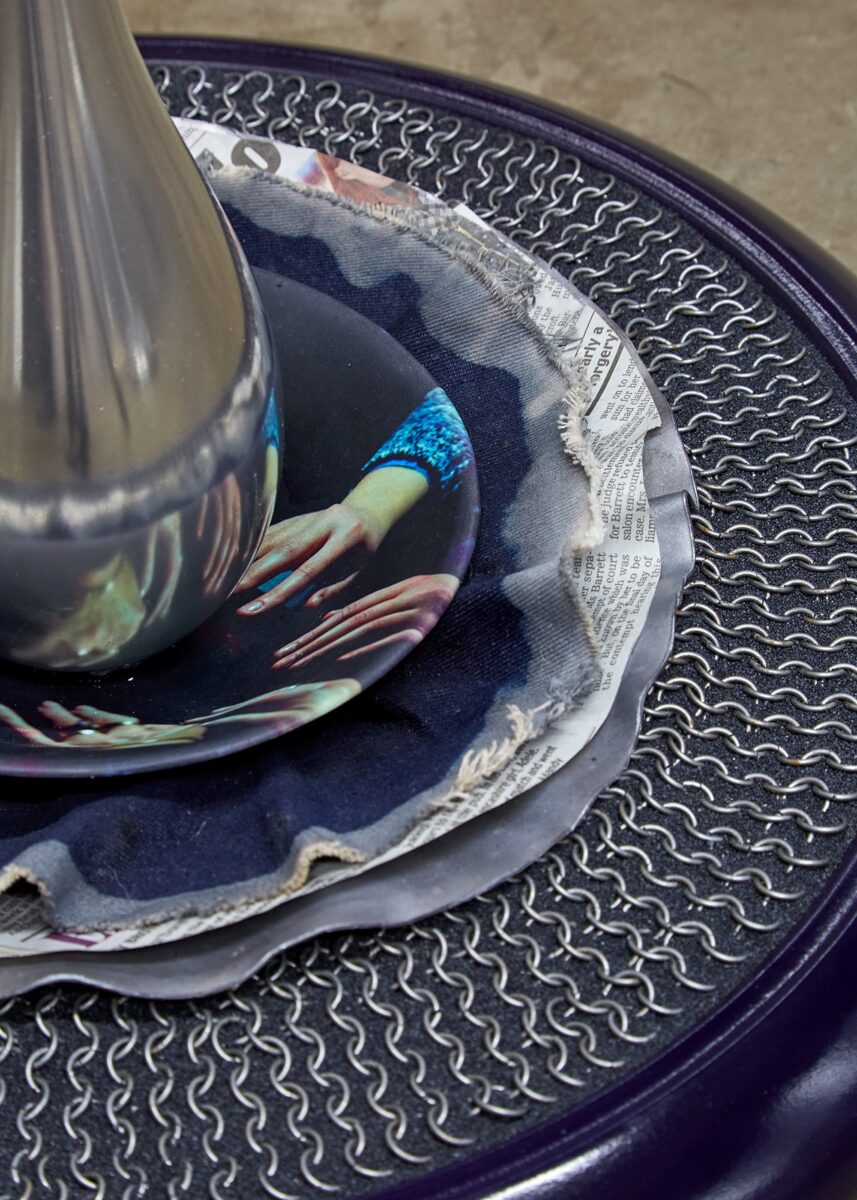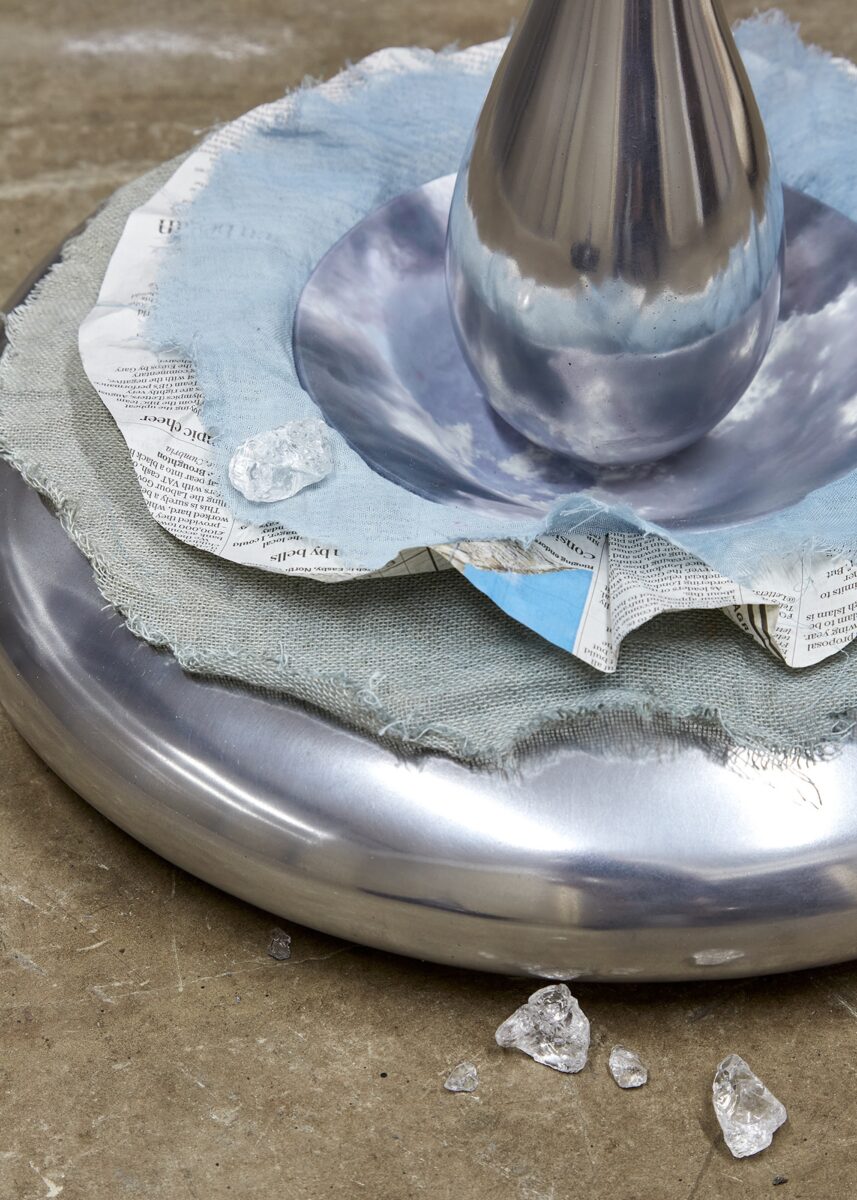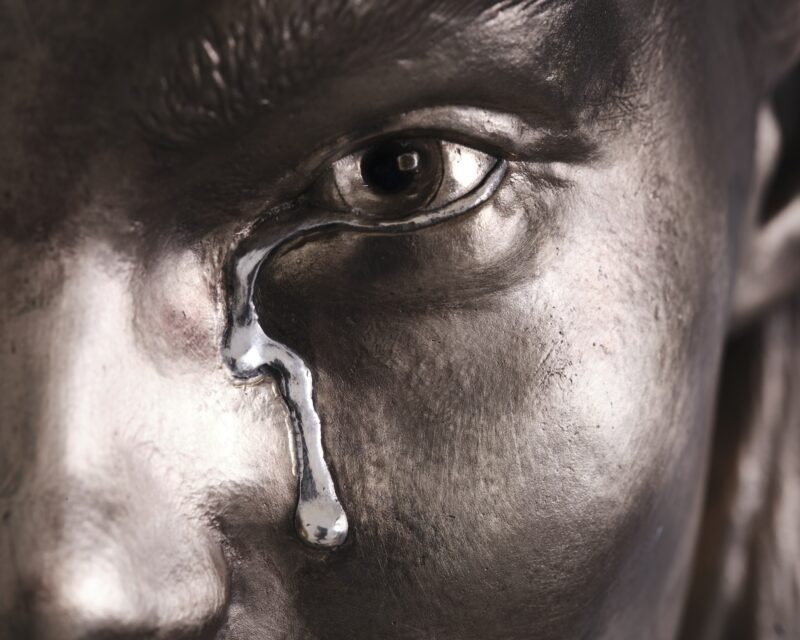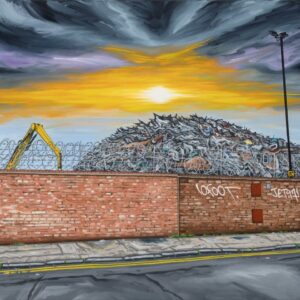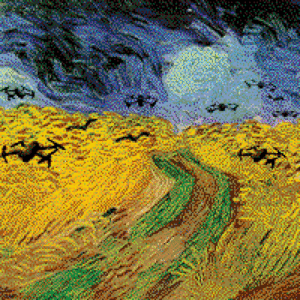Richard Dean Hughes, Spherical sadness has just opened at piccalilli .
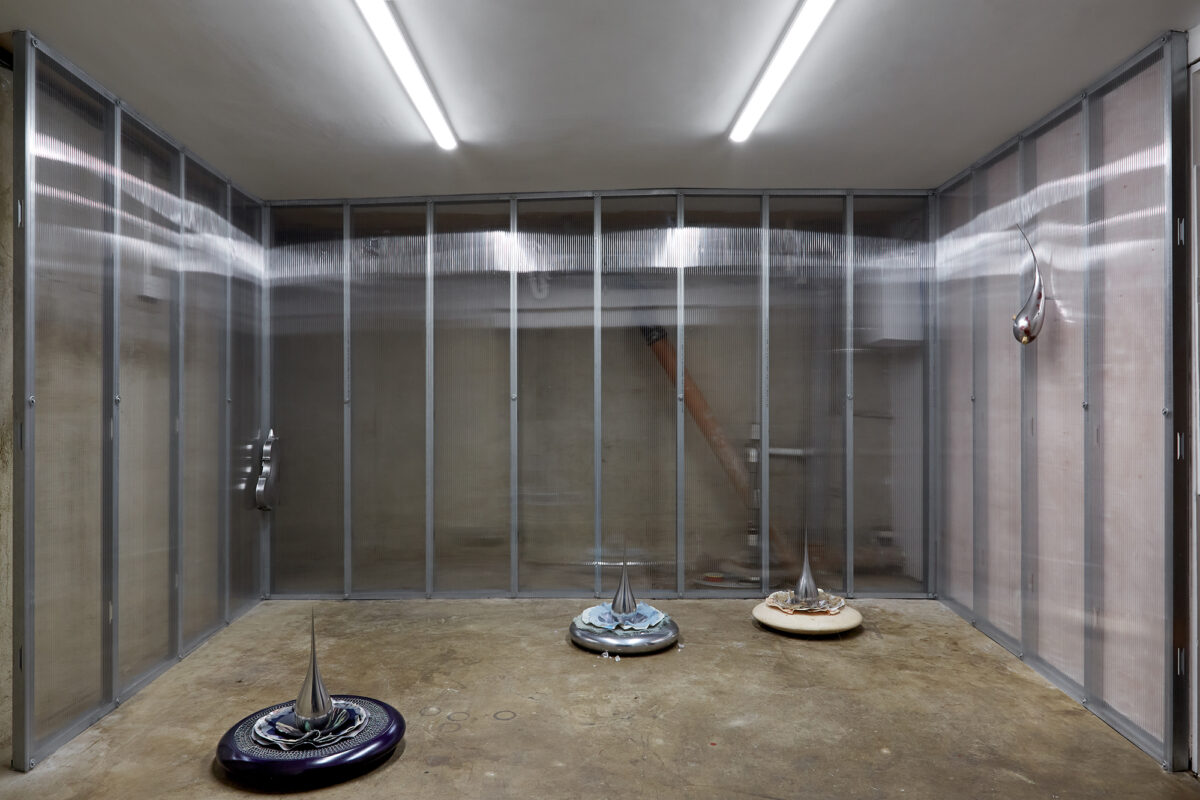
In the exhibition Richard presents a new body of sculptures and wall-based works, using a broad array of material and processes, each combined and collided to conjure specific ideas of place and time. Hughes is interested in the allure of the past and the idea of regression, through repeated motifs which are central to his practice he allows us to witness some kind of time travel; a frustrated relationship between then and now.
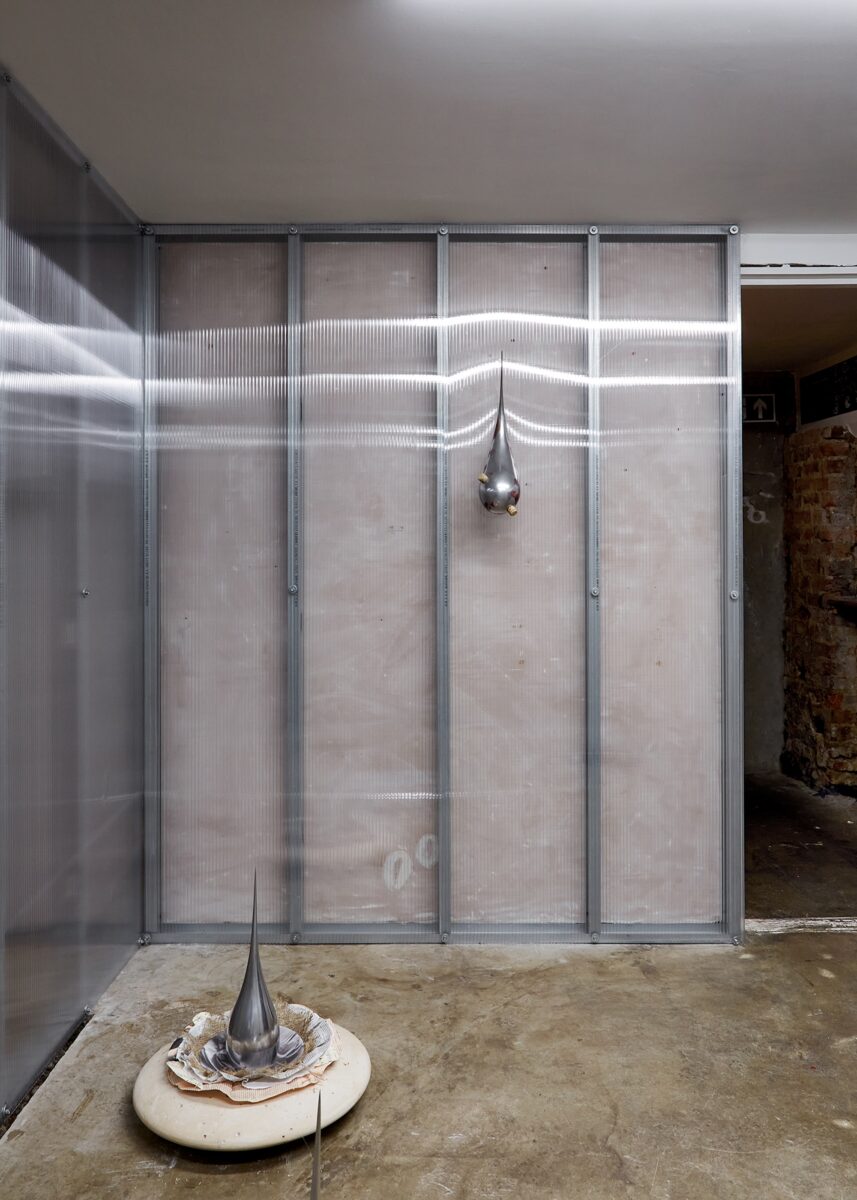
In Spherical sadness, Hughes draws on the language of material to continue his pursuit of duality. Encouraging a heightened sense of awareness; he uses texture and temperature to allude to both earthly and spiritual places, both familiar and distant. Presenting the profound in a reductive and macro state.
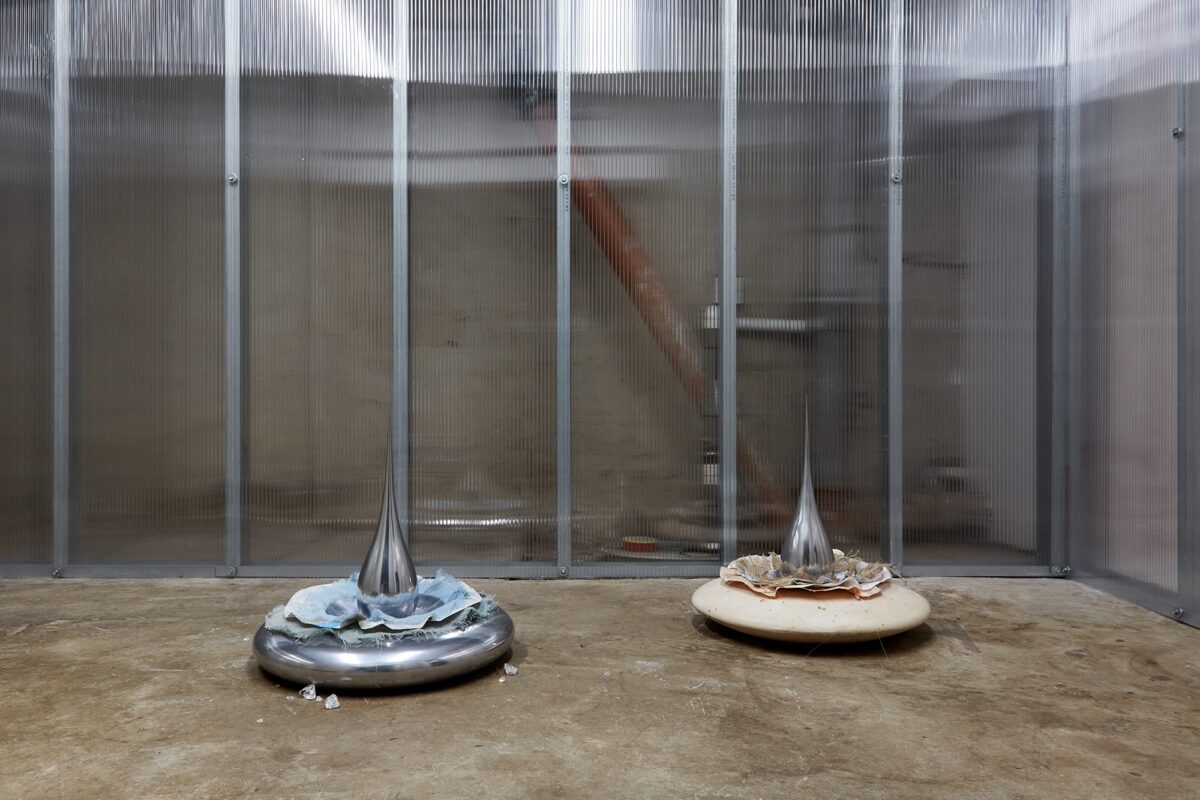
Within the show both physical and meta-physical components are placed together, by doing this Hughes is trying to comment on the symbiotic and parallel nature of the physical and spiritual world. For Hughes, nothing is singular and nothing is without history or consequence. Drops of solid metal, drawn from the earth, cause and react with layers of material, each assemblage a kin to a different place and time. Personal to the artist or universal to us all, the images within the exhibition are used as a kind of portal; the material being drawn into the centre of each sculpture, thus narrating the image or the image giving context to the material, both falling out and in of the work.
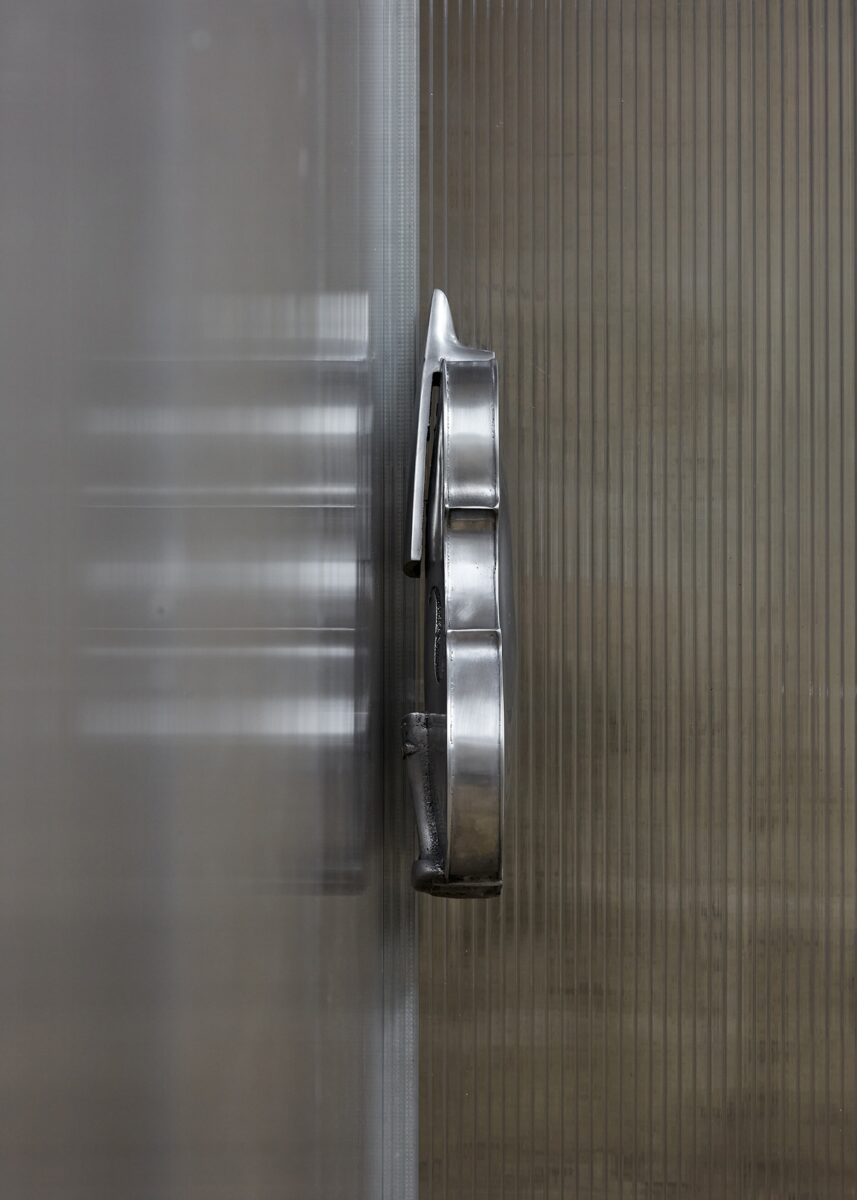
The idea of in-betweenness is important to Hughes’s practice and is evident within the exhibition. The reflective surface blurring and morphing with the very particular architecture of the gallery space, with a sense of morphing states whereby the work is being made or to be demonstrating some kind of plausible functionality.
Drawing on his own interest in History, Hughes manipulates objects conjured from a romantic sense of the past. A violin, strings cut, body severed and placed isolated in the corner of the space reflect on the demise of the human state, an anxious age with regular devastation and crisis. The title of the exhibition itself suggestive of a globe, a race, unhappy and spinning repeatedly into crisis. Time is used as material, the work seems to theoretically and conceptually slice up the time-based elements of the objects and symbols present within the space, their arrangements and assemblages working to stitch them back together; extract meaning and tell a new story.
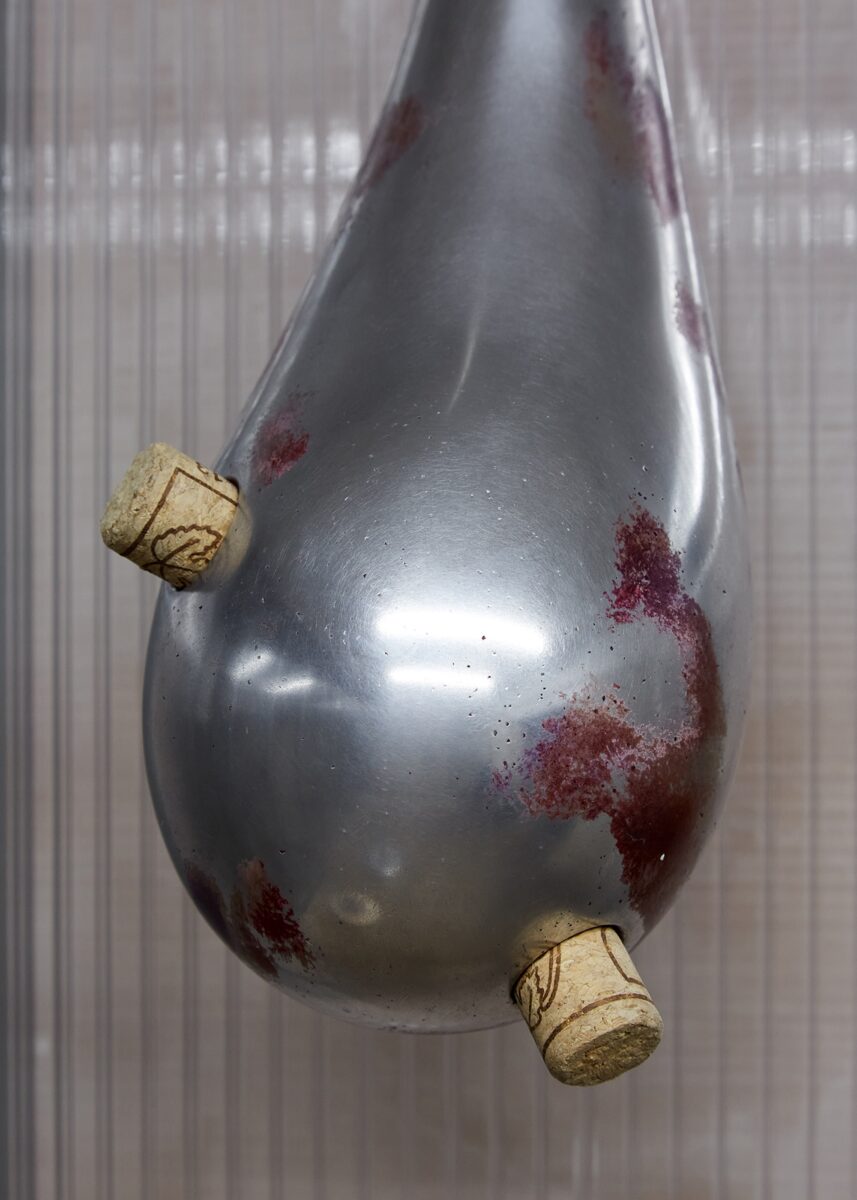
Richard Dean Hughes, Spherical sadness – 31st August 2024, piccalilli
About the artist
Richard Dean Hughes explores the slippery boundary between the real and hypothetical. His work often revisits a personal, internal space, transforming artifacts, feelings, and imagined visuals into real-time expressions through material manipulation and the collision of objects. His sculptures challenge the idea of plausibility, questioning their own existence while representing the space Hughes seeks to describe. Drawing from history, he creates a tangible sense of place and time, evoking frustration in viewers by highlighting a disconnect with the work’s core content. The inclusion of majestic elements and references to the past accentuates the shift in modern society and our fragile relationship with nature, tradition, and history. Hughes states, “I am interested in the sensation, whether positive or negative, that arises when we recognize history as more profound than the present. I try to embed this sensation or illusion within the work.”
Plausibility and suggestion are central to Hughes’s practice, where repeated motifs and a collisional approach create an unordinary yet persuasive blend. He examines the relationship between object and image, merging traditional sculpture and painting methods with contemporary production techniques. Hughes’s interest in the crossover of ‘spaces’ is evident in his sculptural work, where light and image act as portals for motifs and objects to transition between states. This tension between painted image and object renders his sculptures as memorials.
Conceptually, Hughes dissects the time-based elements of objects and hypothetically stitches them back together, treating the concept and history of an object as malleable, allowing for new narratives and meanings to emerge.
Hughes incorporates a broad range of traditional processes alongside new technologies, using materials such as resin, metal, polyurethane, paint, dust, and newspaper. He shifts between using small tools for carving and stereo-lithography for production, adapting to the concept and language of his generated ideas.
Drawing from his material repertoire and an interest in painting, Hughes continues to explore duality, with the materiality and concepts of his work existing in two places simultaneously, embodying contradictions—both hot and cold, utilitarian and absurd.
Hughes lives and works in Manchester, UK.
